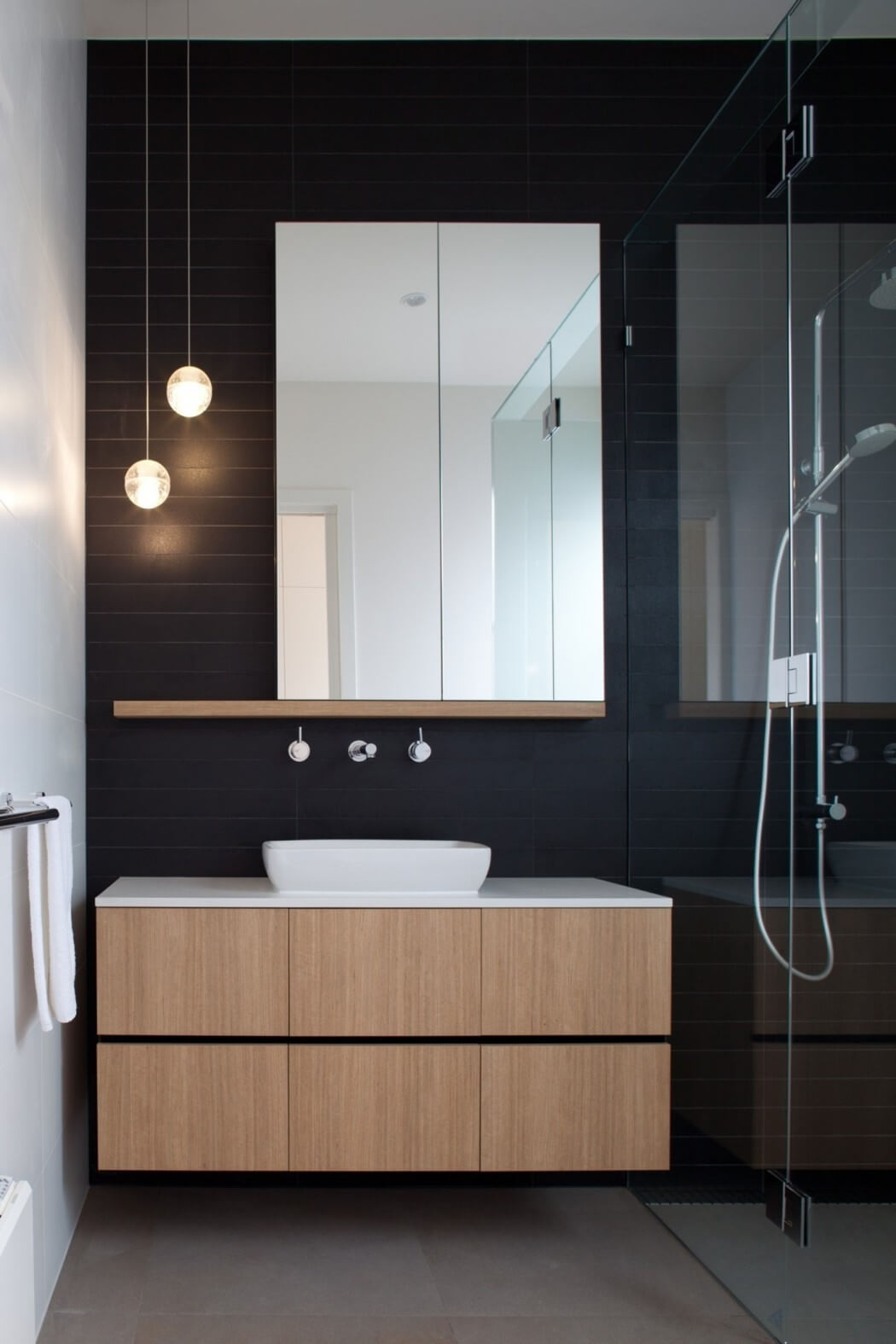Including Lasting Practices In Cupboard Making
Including Lasting Practices In Cupboard Making
Blog Article
Article Developed By-Nordentoft Schultz
When it comes to cabinet making, considering lasting practices is not simply a fad yet a crucial element that can form the future of your craft. By discovering the world of green materials and waste reduction strategies, you open doors to a world where technology satisfies responsibility. The effect of these options exceeds your workshop; it resonates with customers that seek not just quality yet also a dedication to protecting our environment. So, just how can you blend craftsmanship with sustainability to develop a lasting heritage in the industry?
Relevance of Lasting Practices
In sustainable cupboard production, focusing on green products and manufacturing approaches not just profits the atmosphere however also guarantees lasting viability for your organization. By selecting sustainable practices, you display your dedication to minimizing ecological influence and satisfying the expanding demand for eco-conscious items. Consumers are significantly attracted to companies that prioritize sustainability, offering you a competitive edge in the marketplace.
Carrying out sustainable practices can additionally cause cost savings in the long run. While there might be initial investments involved in transitioning to environmentally friendly materials and production approaches, the performance gains and favorable track record you construct can lead to economic benefits in time. In addition, lasting methods help in reducing waste generation and energy usage, which can additionally contribute to lowering operational costs.
Eco-Friendly Products Option
Picking environment-friendly materials is important in sustainable cabinet making to decrease ecological effect and satisfy the boosting need for environmentally mindful products. When choosing products for your cupboards, choose lasting choices like bamboo, recovered wood, or recycled products.
Bamboo is a fast-growing and renewable resource that's sturdy and durable, making it an excellent option for cupboard building. Reclaimed timber offers a distinct, rustic seek to closets while decreasing the requirement for reducing new trees. Using recycled products, such as composite timber made from recycled timber fibers and resin, aids divert waste from land fills and lowers the total ecological footprint of your task.
Furthermore, consider using low-VOC (unpredictable natural compounds) coatings and adhesives to further improve the eco-friendliness of your cabinets. These products release less dangerous chemicals into the air, promoting better indoor air high quality and decreasing health and wellness dangers for both you and your customers.
Waste Reduction Techniques
To lessen waste in cupboard making, take into consideration applying efficient reusing techniques throughout your manufacturing procedure. Begin by segregating various sorts of waste such as wood scraps, cardboard product packaging, and metal components. Establish designated reusing bins for each material to guarantee easy splitting up. Urge your team to embrace a culture of waste decrease by educating them on the importance of reusing and the influence it carries the setting.
Another effective waste reduction technique is to maximize material use. Strategy your cuts carefully to optimize the yield from each sheet of timber, decreasing the amount of offcuts generated. Consider using computer-aided design (CAD) software program to develop accurate cutting designs that reduce waste.
In https://www.realsimple.com/home-organizing/home-improvement/renovations/kitchen-remodel-ideas-worth-the-cost , explore chances to repurpose or contribute remaining products instead of discarding them. https://telegra.ph/To-Excel-In-Closet-Installment-One-Must-Possess-Both-Accuracy-And-The-Necessary-Devices-To-Accomplish-A-Smooth-And-Specialist-Co-12-24 with regional woodworking colleges or community centers that could benefit from receiving your surplus materials. By carrying out these waste reduction strategies, you can lessen your ecological effect and contribute to a more sustainable cupboard making sector.
Conclusion
Integrating sustainable practices in cupboard production is important for lowering environmental effect and guaranteeing long-term success.
By picking green products and applying waste decrease techniques, closet manufacturers can showcase their dedication to sustainability while also profiting their bottom line.
Welcoming these techniques not just helps safeguard the planet but also gives services a competitive edge in the market.
Make the wise choice for the setting and your company by focusing on sustainability in closet production.
